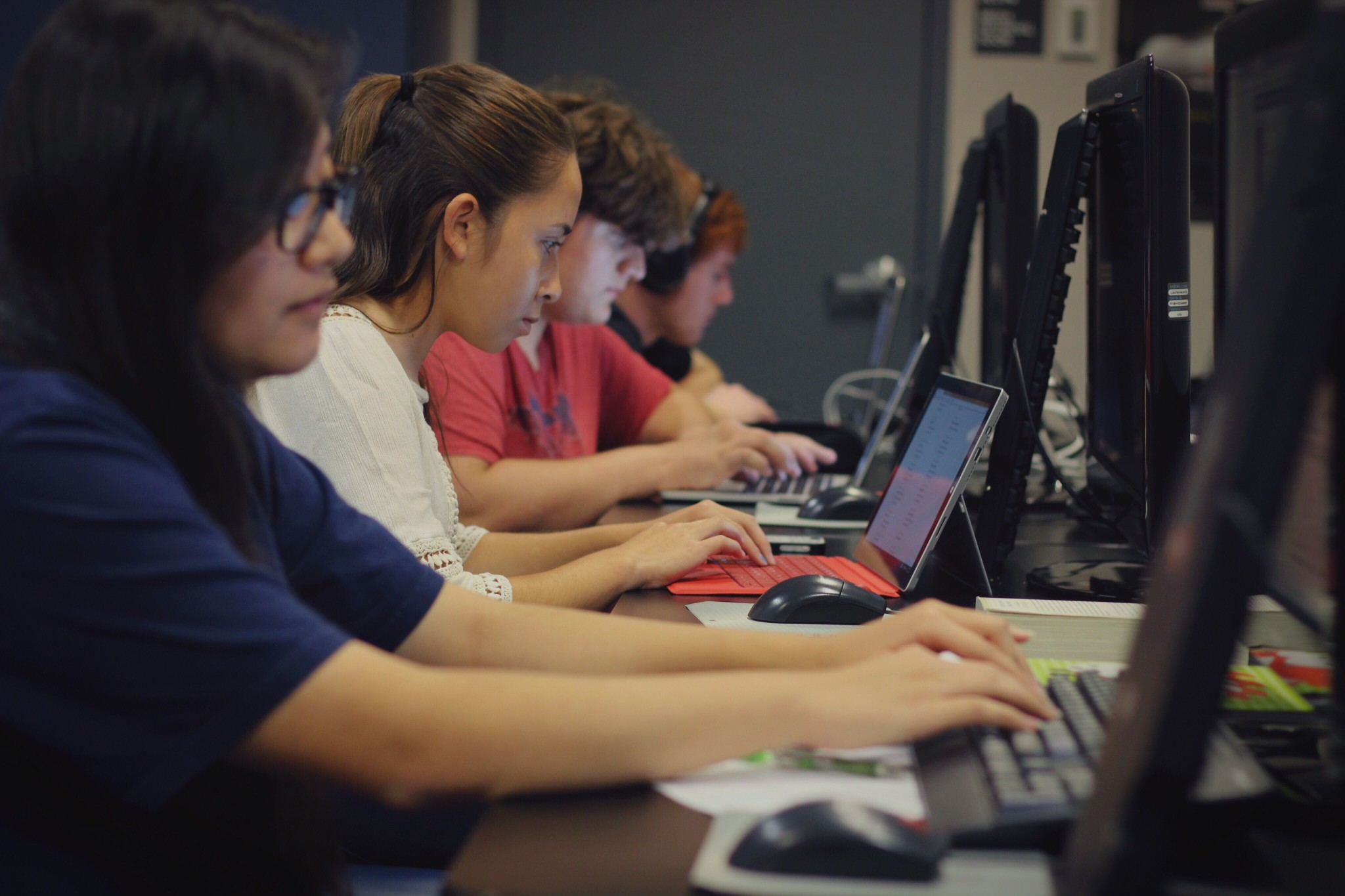In the world of education, keeping students engaged is a critical element to their success. When students find it hard to relate to the educational material provided in the classroom, they can have difficulty staying focused and interested in the subject matter. Now that there has been a general movement toward more technology in schools across the globe, students aren’t questioning their ability to focus. Their question is, “What’s Next?”

The outbreak of COVID-19 has definitely played its part in everyone’s way of life, but as we transition to whatever our normal process for learning will be, I can’t help but wonder what classrooms will be like. E-Learning, web courses, interactive video, just to name a few, have all been secondary recourses when it came to class curriculum. There’s always been convenience and quality associated with them, but for the first time ever, remote learning is the only option. It’s safe to say going to class, seeing friends, and having the validation of peers and teachers alike, is very close to a home-cooked meal. No matter how much we crave a burger and fries, the meal that came from fresh ingredients and the stove/oven, along with the love and preparation, just felt better. And if it didn’t always feel better, it felt dependable.
What if that dependability of learning changes forever? This spring, thousands of lecture halls and dorms were empty, as students and professors had to leave after the shutdown. In a Fox 32 report, “Students claim that online instruction, is far below the classroom experience.” In an online lecture, if someone forgets to mute their audio, the entire lesson could be missed or severely delayed. There obviously needs to be a solution. What if interactive video is the new, dependable, home cooked meal?
In 2018, Verb had already successfully implemented our technology in District 300 (Chicago), the sixth largest school district in Illinois. For us, this was a monumental challenge, even though we didn’t know it would set the tone for the current time. Fred Heid, Superintendent of District 300 said, “Interactive video will make even the most rudimentary communications more engaging for our stakeholders, and the results will be identifiable, measurable and quantifiable for our teachers and district staff.” Now, we are still standing by our technology as the world needs more tools to communicate effectively. Check out the video below.
Interactive Videos Make Learning Fun
Using on-screen buttons is second nature to young students today—it’s the most intuitive way for them to interact with learning material. Imagine a student taking part in an interactive video lesson where they are able to tap the screen to give answers to a quiz or get additional help when they need it. In addition, on-screen video prompts can ensure that a student is following the material and avoiding the tuning-out that may occur with longer, non-interactive videos. Teachers will then be able to get detailed information about the interactions that students make, helping them to know which areas the students may need additional help in. The end result is a better understanding of the needs of students by their teachers, and increased enthusiasm for learning from students.

Improved Connections Between Staff Members
In addition to the benefits that interactive video brings directly to students, school staff members can utilize these platforms to improve workplace efficiency and communications among themselves. Interactive livestreams can help keep staff engaged in real-time, where they can provide feedback through the use of on-screen buttons and interactive channels. The platform also provides an intuitive way for teachers and faculty to organize their schedules and manage their contacts. Communication is key to a successful faculty, and being able to communicate quickly and uninterrupted, is the best way for staff members to stay in the loop.
The Prediction
School and educational institutions of all sizes are surely equipped to provide students with quality education, even through a network and router. Through the use of interactive video, students can stay engaged with the learning material in a way that is intuitive and fun. There will be a learning curve, though. At some point, a cumulation of live streaming, interactive video, ego dropping and training exclusively for educators will be the beginning of the new norm. In a world where data and access reign supreme, our ISPs (Internet Service Providers) and legislators for digital communication will also have to come together and help us figure out our new path. There shouldn’t be a rush to a single solution (because there will be many), but if we find them soon, we will be helping the Class of 2021 before they feel obsolete and lost in our big, vast, digital world.
- verb
